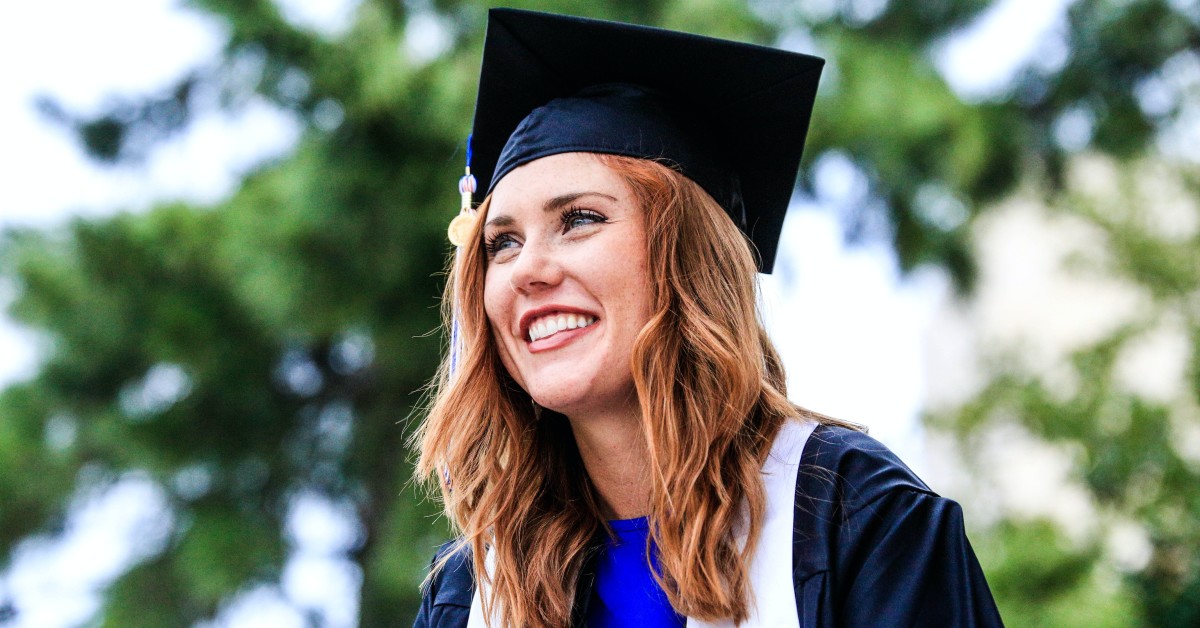
The Ultimate Guide to Master's in Special Education Programs
Special education teachers take on challenges that general ed teachers [...]

It’s not easy to admit that you’re wrong.
Years ago, when I was earning my teaching credential, my Positive Behavior Support professor tasked me with what seemed like the impossible: create a plan to include a student with a significant disability in a general education classroom, also known as inclusive education.
At the time, I was working as a behavior therapist with children who had autism, and I knew that sitting one-on-one with a student with a disability was much different than running an inclusive classroom. “Some students might be too challenged to succeed in a general education classroom,” I thought. “Didn’t they need a special place to learn?”
In many parts of the country, you don’t need a teaching degree to become a special education teacher—and I had been teaching under a provisional credential while going to school for my degree.
My special education classroom—or “special day class”—consisted of five students ranging from fourth to sixth grade, all of whom were diagnosed with autism. This particular classroom was designated for students with moderate to severe autism, which manifested itself in language delays, communication challenges, and sensory sensitivities.
__Teaching in a special education classroom is a tough gig. On my first day, my paraprofessional was running late and I had to escort my students up to the second floor of the school by myself. By the time we entered the classroom, I had five unhappy students and felt exhausted.
I felt like I had absolutely no idea what I was doing and, at times, it was hard to have hope.
To create an inclusion plan, I followed my professor’s directions to choose a student I didn’t think could tolerate a general education classroom. That student was Nathan, a practically non-verbal fifth-grader. Nathan engaged in self-injurious and physically aggressive behavior, and was vocally disruptive. With these issues and my professor in mind, I thought, “I’ll show her. This will never work.”
Only, it did.
I created an inclusion plan by examining Nathan’s interests, preferred communication methods, and adaptive strengths. The idea was to discover who Nathan was, what he liked, and what he was good at. After outlining who Nathan was as an individual, the next step was to include a general education teacher who would design a lesson that would take Nathan’s strengths into consideration.
Despite his communication and sensory issues, Nathan was a wizard with scissors; using them was one of his favorite things to do. If he wasn’t cutting strips of paper or cardboard, he was shredding paper with his hands or picking up leaves outside and crumpling them in front of his eyes so that he could watch the pieces fall. I knew that whatever we were going to do in Nathan’s classroom, it would involve cutting.
After a few more planning sessions, the day finally came for Nathan and I to walk down the hallway to a fifth-grade science class where students were creating a topographic map. Luckily for Nathan, this activity mainly involved cutting cardboard alongside 35 or so of his peers. For nearly an hour, he was engaged in something meaningful and age-appropriate. I was astonished at how calm and focused he was. I was in awe that he belonged.
Did that single activity set Nathan on a path of full inclusion? No, but once I saw that it was possible when planning a student’s success based on their unique strengths, there was no turning back. By the end of the semester, I confessed to my professor that I was wrong. She accepted my defeat in the most gracious way possible and strongly encouraged me to think and do better.
| University and Program Name | Learn More |
|
Merrimack College:
Master of Education in Teacher Education
|
The majority of students with significant support needs like Autism Spectrum Disorder, Down syndrome, and intellectual disabilities are educated in a separate classroom with little opportunity to learn alongside their mainstream peers. This is despite 30 years of research that says that inclusive education not only benefits students with disabilities but also their neurotypical peers.
Since the beginning of my teaching career, there has been a slow and steady movement toward inclusive practices, particularly the co-teaching model. In this method, one general education and one special education teacher work together to serve students with a wide range of abilities.
What has not changed is how our self-contained special education classrooms look and operate. While inclusion rates for students with learning disabilities have increased over the last ten years, students who have more significant disabilities are typically placed in separate classrooms and remain stagnant.
More importantly, the blueprint to increase the inclusion of students with significant disabilities in general education is well documented. It is going to take all stakeholders within a school system to push for inclusive practices and reduce the number of special classrooms. Perhaps, people need a life-changing experience like mine to become advocates for inclusive education.
Maybe in an ideal world, they’d only need a story.
Questions or feedback? Email editor@noodle.com

Special education teachers take on challenges that general ed teachers [...]

Earning your MA in Teaching where you plan to build [...]

If you are an advocate for children,specifically children with disabilities,you [...]

There are a lot of social media platforms to choose [...]

It's one thing to talk about how inclusion is beneficial, [...]
Categorized as: Special Education, Education & Teaching